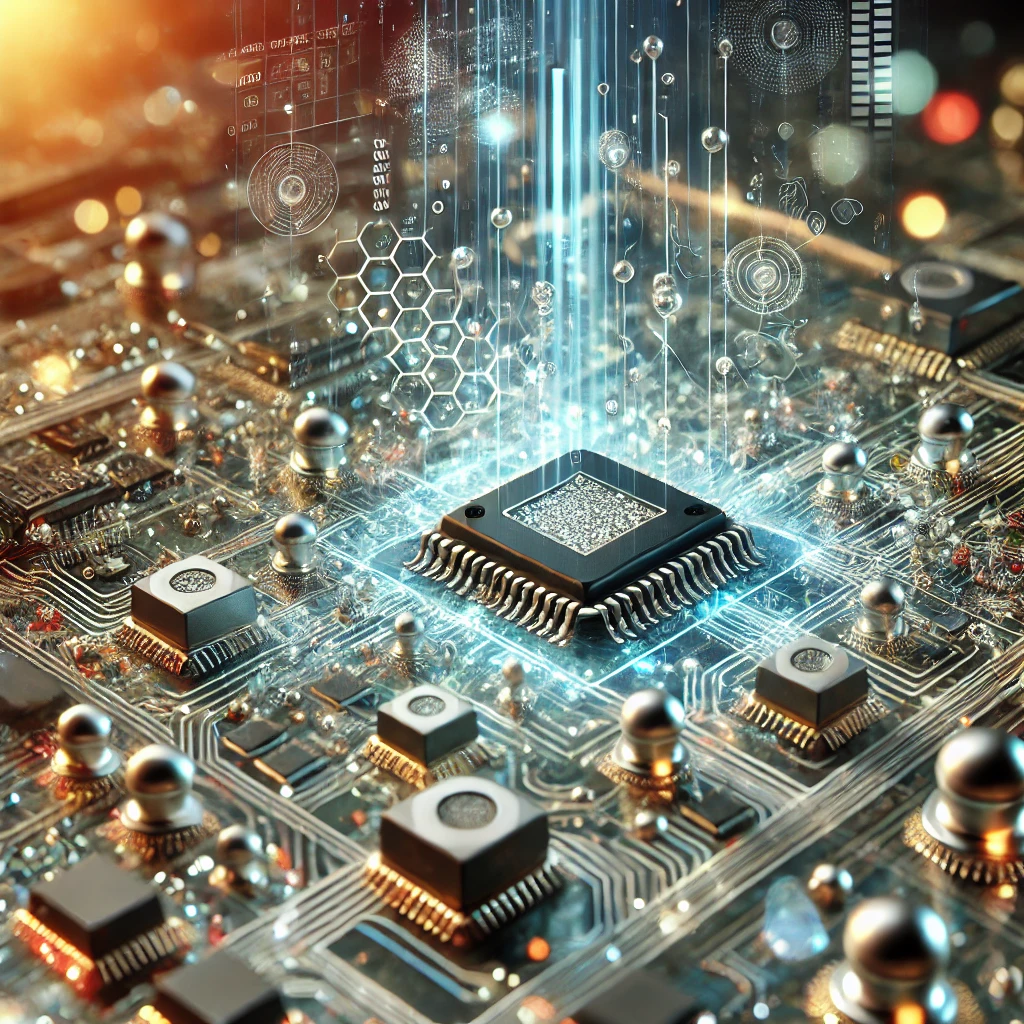What are small electronic devices called?
Article Source: Google Books - Nanoelectronics

Why you should care
Nanoelectronics is driving the future of technology by shrinking electronic components to a microscopic scale. As devices get smaller, faster, and more efficient, industries like computing, healthcare, and energy are seeing transformative possibilities. Innovations in this space could change everything from everyday electronics to futuristic applications like quantum computers.
Answering the question… What are small electronic devices called?
Nanoelectronics is the use of nanotechnology in electronic devices, working with materials smaller than 100 nanometers. This enables the creation of faster and more powerful gadgets by manipulating matter at the atomic or molecular level. Nanoelectronics holds the potential to revolutionize devices like smartphones, computers, medical implants, and more.
How was the study done?
The study examined how materials perform at the nanoscale by using advanced tools like electron microscopes and atomic force microscopes. Researchers conducted experiments to observe electrical conductivity, thermal properties, and overall performance of various materials such as carbon nanotubes, graphene, and nanowires. The data was collected through trials focused on building smaller, more efficient electronic components.
What was discovered?
- Faster Devices: Components made at the nanoscale were found to boost processing speeds, with materials like graphene outperforming traditional silicon chips. In fact, graphene exhibited 1,000 times more conductivity than silicon, offering a glimpse into faster, more efficient electronics.
- Improved Efficiency: Nano-sized transistors were up to 10 times more energy-efficient than conventional ones, using less power while maintaining high performance.
- Quantum Effects: At such small scales, quantum effects like electron tunneling were observed. This phenomenon allowed researchers to experiment with quantum computing possibilities.
- Thermal Management: Nanoelectronics also improved heat management. Devices made with carbon nanotubes dissipated heat 5 times faster than standard materials, leading to cooler, more reliable electronics.
- Scalability Concerns: Despite the innovations, the study highlighted the challenges of mass production. Scaling nanoelectronics for global manufacturing requires overcoming cost and technical barriers, such as how to consistently fabricate nano components without defects.
Why does it matter?
Nanoelectronics could reshape the way we use technology, making devices faster, more powerful, and energy-efficient. With the potential for applications in everything from wearable tech to quantum computing, nanoelectronics might soon be integral to our daily lives. Understanding its impact is essential as industries invest in this next frontier of technology.
For the full article, visit Google Books - Nanoelectronics.
